We hope these Earth Day facts help raise environmental awareness—and the importance of taking action now
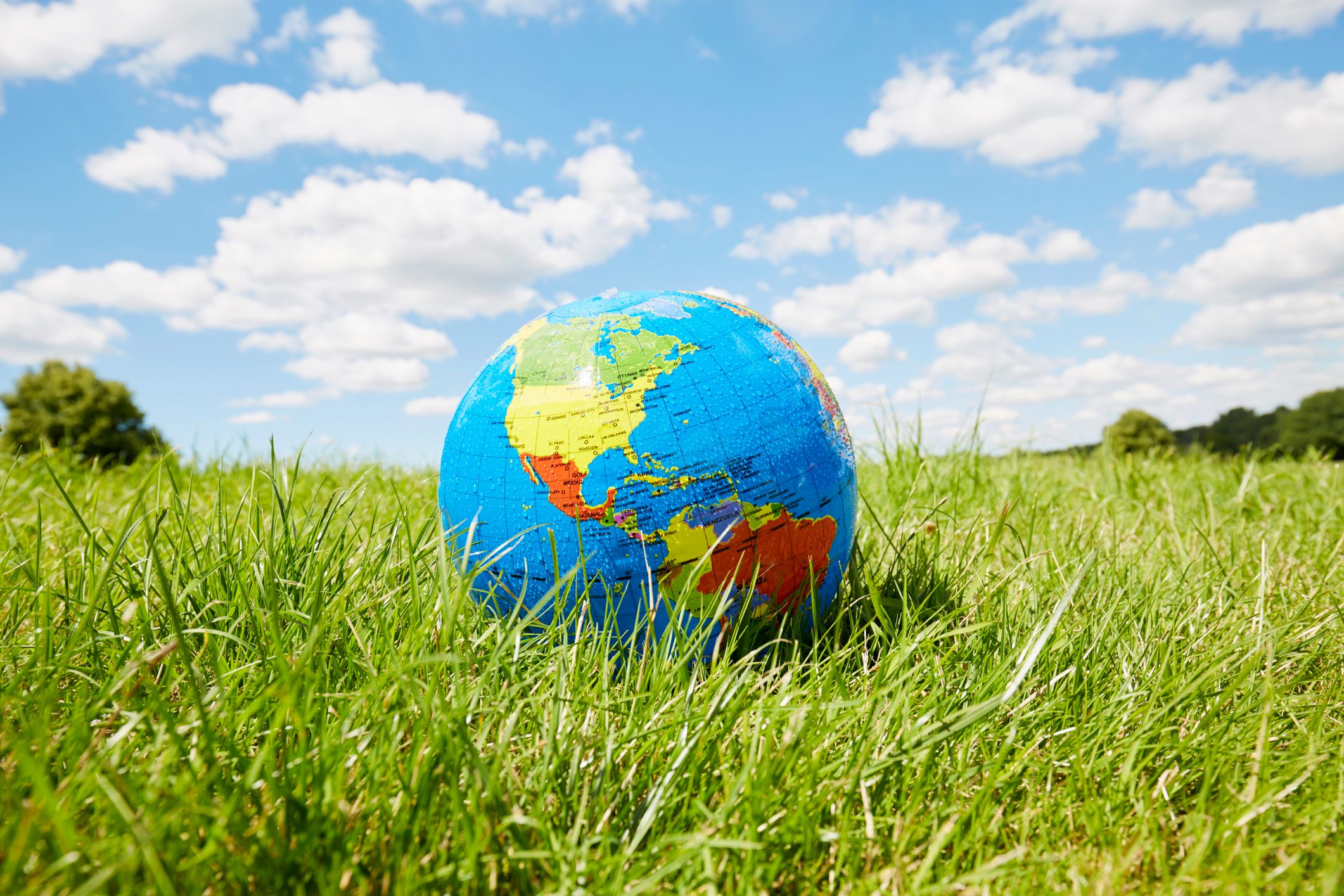
20 Earth Day Facts You Should Know


Earth Day started in the 1970s
Here’s an Earth Day fact everyone should know: Earth Day was first observed on April 22, 1970, followed in 1972 by World Environment Day. It has been celebrated ever since, slowly but surely picking up steam over the past 50+ years as more and more people have recognized the importance of taking care of our planet.

Earth Day celebrations have a yearly theme
That’s right—Earth Day has a theme each year—for 2025, the theme is “Our Power, Our Planet.” According to earthday.org, the theme calls for everyone “to unite behind renewable energy, and to triple the global generation of clean electricity by 2030.”

Earth Day has a flag
The Earth Day flag, also known as Earth Flag, was designed by John McConnell in 1970. The flag features a photographic image of Earth that was taken during the flight of Apollo 10 in 1969. The image is depicted on a dark blue background and showcases a view of Earth as seen above the Indian Ocean. The flag was updated in 1973 to feature The Blue Marble, a photo of Earth taken by the Apollo 17 crew during their trip to the moon on December 7, 1972.

Earth Day has a theme song
“Earth Anthem” was written by Indian poet and diplomat Abhay Kumar in 2008. Kumar’s lyrics were inspired by the Blue Marble image of Earth, along with the Indian philosophy of “Vasudhaiva Kutumbakam,” which translates to “The World Is One Family.” The song has also been translated into over 150 world languages to celebrate Earth Day.

Earth Day is also called International Mother Earth Day
In 2009, the General Assembly of the United Nations labeled April 22 International Mother Earth Day. But, don’t worry if you didn’t know this Earth Day fact, because the United States has yet to adopt the name.
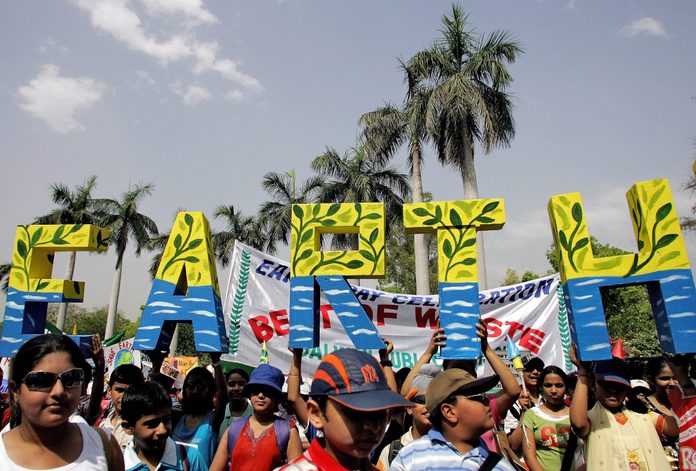
Earth Day is now a global event
Interesting Earth Day fact: It remained a grassroots affair for 20 years, before going global and spreading out to 140 countries in 1990. Earth Day is now celebrated in more than 190 countries, with an estimated 1 billion people the world over participating each year.

Earth Day was the brainchild of Wisconsin Governor Gaylord Nelson
Gaylord Nelson, a two-term governor of Wisconsin (1958 to 1962), was responsible for focusing his state’s environmental policy, establishing a single Department of Resource Development, a Youth Conservation Corps and setting aside $50 million to buy land and convert it to parks and wilderness areas during the years he was in office. This earned him the nickname “Conservation Governor.”
Nelson was then elected a U.S. senator, where he became known as a champion for the earth, asserting that “Environment is all of America and its problems. It is rats in the ghetto. It is a hungry child in a land of affluence. It is housing not worthy of the name; neighborhoods not fit to inhabit.”

Earth Day started as a teach-in for the environment
Frustrated by a lack of support for environmental policy among his fellow senators, but inspired by the various youth movements of the ’60s that were pushing hard for meaningful societal change, Nelson devised the idea of a teach-in for the environment in 1969. The plan was to drum up public support for the nascent environmental movement, with an eye toward engendering the political will to make change. As a fun Earth Day fact: Nelson’s idea was so popular that he hired an 85-person team to get the first Earth Day off the ground.

Earth Day was needed even back in the 1950s and 1960s
We may think of man-made climate change as a recent development, but it’s one of the most critical Earth Day facts: Even decades ago, the country was a polluted place in need of help. Public lands were dilapidated, factories were free to dump toxins into our waters and industries could churn out pollutants into our air without regulation. As a result, species began collapsing—oysters, for example, were gone from New York Harbor by the early 20th century. Around the time of the first Earth Day in 1970, people were starting to realize that pollution and toxic waste could lead to cancer and other serious health issues.

Earth Day was celebrated by 10% of the U.S. population
Nelson chose this date in the third week of April to appeal to his core demographic—students—and April 22 fell between their spring break and final exams. Enormous inspirational rallies were held all over the country, with 20 million people—10% of the U.S. population at that time—taking to the streets.

Earth Day was inspired by a book
Rachel Carson was a marine scientist for the U.S. Fish and Wildlife Service and was inspired to write Silent Spring in 1962. The nonfiction book was a wake-up call that shined a spotlight on the dangers of pesticides and environmental threats. With the book’s release (and more than half a million copies sold), Carson sparked an environmental movement and raised awareness of the issues our earth faces.

Earth Day’s origin spurred immediate action
The impact of that first Earth Day was immediate and profound; by December of 1970, President Richard Nixon had established the Environmental Protection Agency and the Clean Air Act was devised and passed that year. Swiftly on their heels came the Clean Water Act, the Endangered Species Act, the Resource Conservation and Recovery Act, the Federal Environmental Pesticide Control Act and the Federal Land Policy and Management Act, among other critical pieces of legislation.

Earth Day sparked a tree-planting campaign in 2011
On Earth Day in 2011, a remarkable campaign called “Plant Trees Not Bombs,” saw 28 million trees take root in Afghanistan. The campaign was and continues to be a powerful reminder that even in the face of conflict, we can nurture hope and growth for a greener future.

Earth Day changed public opinion
The first Earth Day also changed public opinion on environmental protection. History.com reports that according to the EPA, 25% of the United States public said environmental protection was an important goal when polled in May 1971. That was a whopping 2,500% increase compared to 1969.

Earth Day went global in 1990
On the occasion of its 20th birthday in 1990, Earth Day’s organizers decided the time had come to take the movement global— 200 million people in 141 countries participated. The impacts of that day were enormous: It kicked off massive initiatives to recycle and paved the way for the 1992 United Nations Earth Summit in Rio de Janeiro.
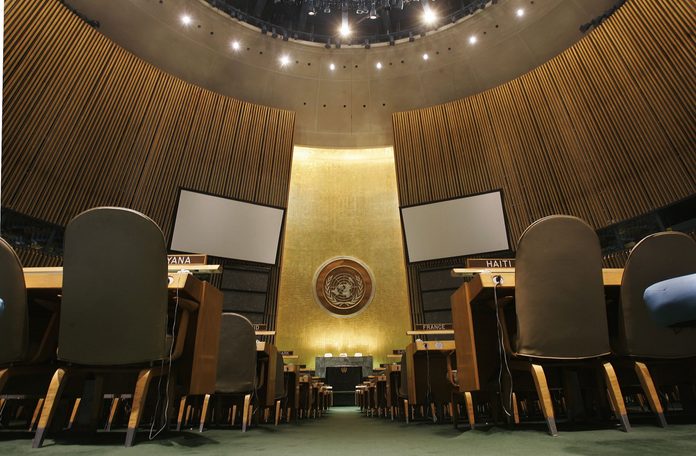
Earth Day celebrations were joined by The United Nations in 2000
By the time of Earth Day’s 30th anniversary, coinciding with a brand new millennium, Earth Day was being announced by the United Nations.
“At the end of the 20th and the dawn of the 21st century, the human species had entered a new era where the nature of the entire planet was being fundamentally changed,” the international organization said in a statement about the day. “Humankind was facing epidemics, massive holes in the ozone layer and the change in global climate. In that context, it was necessary to have an informed citizenry, which would take a leadership role in pulling the political and economic forces in the right direction. It was time for a formidable shift, both at high and low levels. In the year 2000, a decision had been made to focus on energy and climate change.”

Earth Day went virtual in the 21st century
The year 2000 also marked the era when the Internet helped spread the message of the need for strong environmental policy far and wide. Being virtually connected allowed 5,000 environmental groups to find each other and coordinate their messaging. It allowed people from 184 countries to join in marches and demonstrations and acts of organizing.
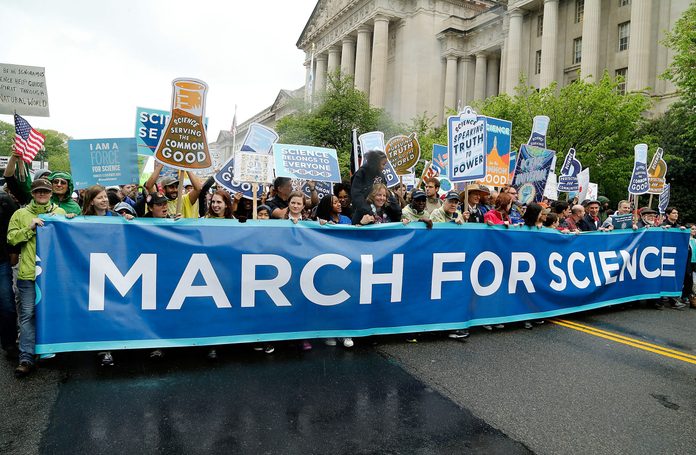
Earth Day is supported by scientists
Let’s not forget one of the important Earth Day facts: Although the March for Science began as its own separate movement in February 2017, by April of that year, it joined Earth Day marches and celebrations in Washington, D.C. and 360 other cities. While the group’s aims of protecting science from “manipulation by special interests” and opposing policies that “threaten to further restrict scientists’ ability to research and communicate their findings” are not solely related to the health of the Earth, they do go hand-in-hand with supporting environmentalists and earth scientists.

Earth Day is still a grassroots movement
While yes, Earth Day has become a global phenomenon, it still counts on local initiatives to demonstrate the power of change on a smaller but still-critical level. A few examples: In 2015, Tanzania led efforts to protect the Usambara Mountains, including teaching residents about how to conserve water; in Puerto Rico, celebrations centered around the establishment of a new eco-park and an initiative was put in place to keep the island trash free for 100 days.

Earth Day is different from Equinox Day
It may be easy to confuse Earth Day with Equinox Day, but keep this Earth Day fact in mind when April 22 comes along. Although Equinox Day also involves celebrating the harvest and caring for our planet, it’s held on the first day of spring; 2025’s spring equinox is on March 20 this year.
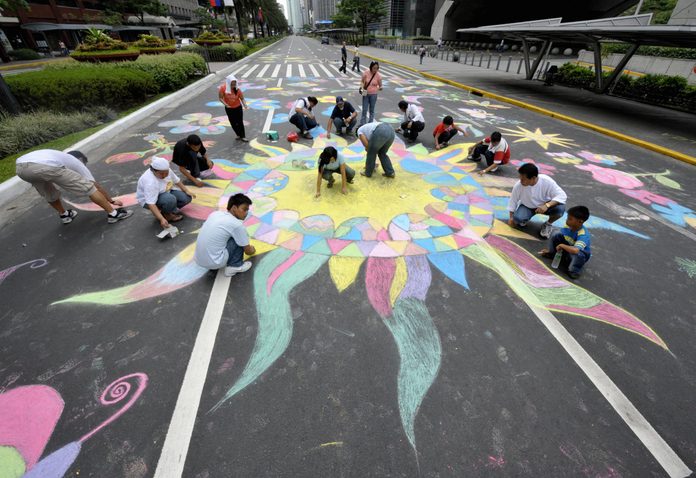
Earth Day continues the discussion for positive change
As Earth Day’s founding organization reports, all this interest and action has not been without its counterpoint from climate change deniers, lobbyists, politicians and more. Despite the challenges, it’s an Earth Day fact that the day is considered “the largest secular observance in the world.” That is no small feat, and although corporate interests continue to plague meaningful efforts at policy change to make the world more livable, the fact that, by 2010, Earth Day had coordinated with 75,000 global partners—and that number has only grown since then—is cause for celebration.
Why trust us
At Reader’s Digest, we’re committed to producing high-quality content by writers with expertise and experience in their field in consultation with relevant, qualified experts. We rely on reputable primary sources, including government and professional organizations and academic institutions as well as our writers’ personal experience where appropriate. We verify all facts and data, back them with credible sourcing, and revisit them over time to ensure they remain accurate and up to date. Read more about our team, our contributors and our editorial policies.
Sources:
- Earthday.org: “Earth Day 2025”
- American Flags: “Everything to Know About Earth Flag and Earth Day Flag”
- ACS Chemistry for Life: “Legacy of Rachel Carson’s Silent Spring”
- Business Standard: “Artists across world celebrate Earth Day with Indian poet’s ‘Earth Anthem'”




















